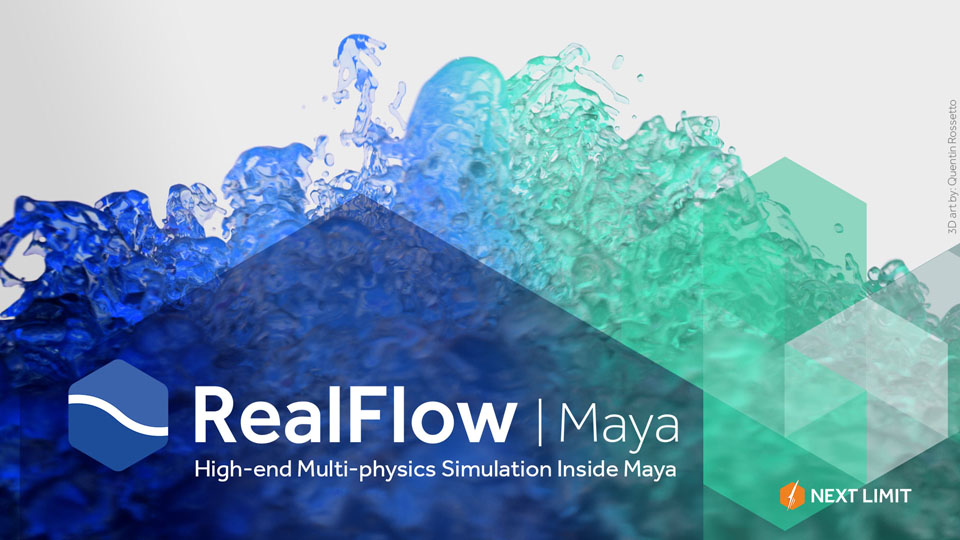

First, if you'd like to make a “Houdini->Maya bridge” to get Houdini particles into Maya, why not just save out. –MarkĪhh, OK, now I see what you want to do, though from reading the previous posts I think you may be mixed up on a few points, let me see if I can help make it more clear. Hope this helps, let me know if you continue to run into problems. Also, remember that sometimes Houdini doesn't convert some geo into tri-polys correctly, sometimes this requires checking the data via a. DavidRindner I would like to bring Houdini particle sims into RF, generate the RF_Mesh in RF, and then bring that mesh into Maya. So, turn your POP geo into spheres or something to your liking, append a convert SOP to turn the geo into tri-poly's, then export it to RF. RF doesn't have any way (yet) to import strictly point data, and if you think about it, you can't do any sims with just points, you need surfaces. Right, this won't work, not because the plugin isn't operating properly, rather you're not exporting the proper geometry. I cannot then bring that SD file into RF. Then append RF_Export_SOP to POPSOP, and export with animated ON. Then bring in the POP into Geometry via POPSOP.

DavidRindner lets say I make a POPnet in Houdini. Remember, it's meant to export triangular geometry only. Sorry, but I believe it's your usage as it's been working fine for a long time. I don't know if its the SOP or RF or my use. Retrieved 9 September 2012.DavidRindner Thank you mark. Archived from the original on 20 August 2011.

"Disney "World of Color" - by Motion Theory". ^ "RF4: Fluids & dynamics simulation tool".: CS1 maint: archived copy as title ( link) U2/ Green Day video clip: " The Saints are Coming".The Lord of the Rings: The Return of the King.Sweeney Todd: The Demon Barber of Fleet Street.Hybrid fluid solver technology to simulate large bodies of water with secondary effects such as splashes, foam, and mist.Particle based solver (liquid, gas, elastic and particles).Next Limit lists three 3rd party plugins for Wetwork, IoSim, and V-Motion. The plugin supports following DCC applications: 3ds Max, Maya, and Cinema 4D. RFCore is a plugin for bringing RealFlow functionality to the DCC applications. The plugin is also available for Lightwave and Softimage but the development is currently not active. The plugin supports following DCC applications: 3ds Max, Maya, Cinema 4D, and Houdini. The plugin is a successor of RF Connectivity and RF RenderKit (RFRK). RFConnect is a connectivity plugin between standalone RealFlow and DCC applications. DYVERSO solvers and rapid OpenVDB meshing speed up simulation times by 10x.More controllabitlity: new splines nodes, text tools, daemons falloff, crown daemon, and spreadsheets.Direct-to-render feature using Maxwell Render.New DYVERSO solvers and GPU acceleration.An increase in the quality of simulations.The main features in this major release include:

On July 30, 2015, RealFlow 2015 was released to the public. With this interface, fluids can also be rendered as foam and spray. The RFRK enables the generation of procedural geometry at render time and the rendering of individual fluid particles. The RealFlow Renderkit (RFRK) is a set of tools designed to facilitate the rendering of fluids. The inclusion of Python scripting and C++ plug-ins allows users to program their own tools to improve RealFlow capabilities, adding control to most aspects of the RealFlow workflow including batch runs, events, daemons, waves, and fluids. RealFlow can also simulate soft and rigid body collisions and interactions. These particles can be influenced in various ways by point-based nodes (daemons) which can do various tasks such as simulate gravity or recreate the vortex-like motion of a tornado. RealFlow technology uses particle based simulations.


 0 kommentar(er)
0 kommentar(er)
